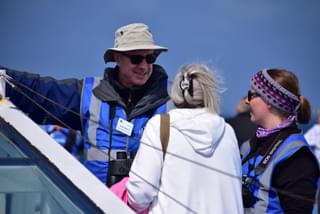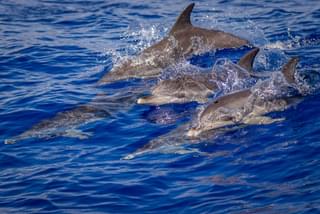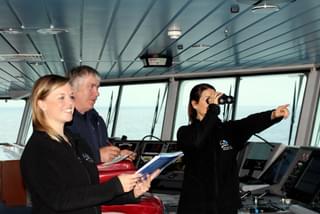Narwhal
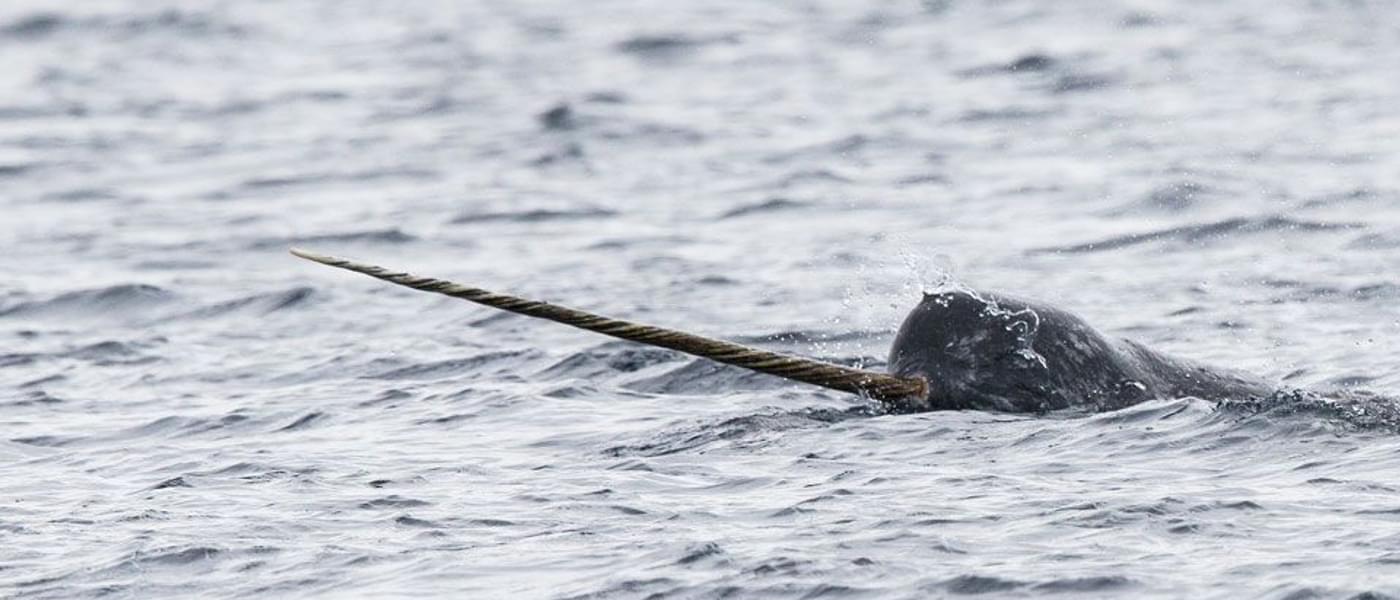
Monodon monoceros
4 - 5m
Mottled
Teeth
No dorsal fin
Narwhals are distinguishable by their 2-3m long tusk that is seen on males, which is, in fact, a modified canine tooth. As narwhals get older, they change colour; they are born blotchy grey or brown, and then as they get older, they turn dark grey-black before becoming mottled and whiter.
Key Features:
- Rounded melon
- Only the males have tusks which can be up to 3m in length
- No dorsal fin
- Mottled grey-green, cream and black above, belly and flanks white.
- Unobtrusive but head and tusk clearly visible above the surface
Behaviour
Narwals are seen in pods of 5 - 10 individuals but aggregations of up to 1,000 animals can be seen in the summer. Narwals are very shy and avoid boats, slowly swimming and logging with minimal water disturbance. When they are migrating, they swim fast and stay close to the surface, when they are hunting, they mill around and move very slowly.
Threats
Narwhals have been hunted for centuries for their ivory tusks, skin and blubber. Still today the Inuit people of Canada and Greenland hunt the narwhals for their skin which traditionally is eaten raw with a thin layer of fat. Other threats to narwhals include human disturbance and chemical pollution. This species is also threatened by climate change as they are a species that live in and around pack ice which is decreasing due to warming waters and climate.
Distribution
The narwhal lives further north than most other cetaceans. They winter in deep water under ice around Greenland and spend the summer in ice-free bays, fjords and island passages closer to shore. Natural predators of the narwhal include polar bears, killer whales and some sharks.
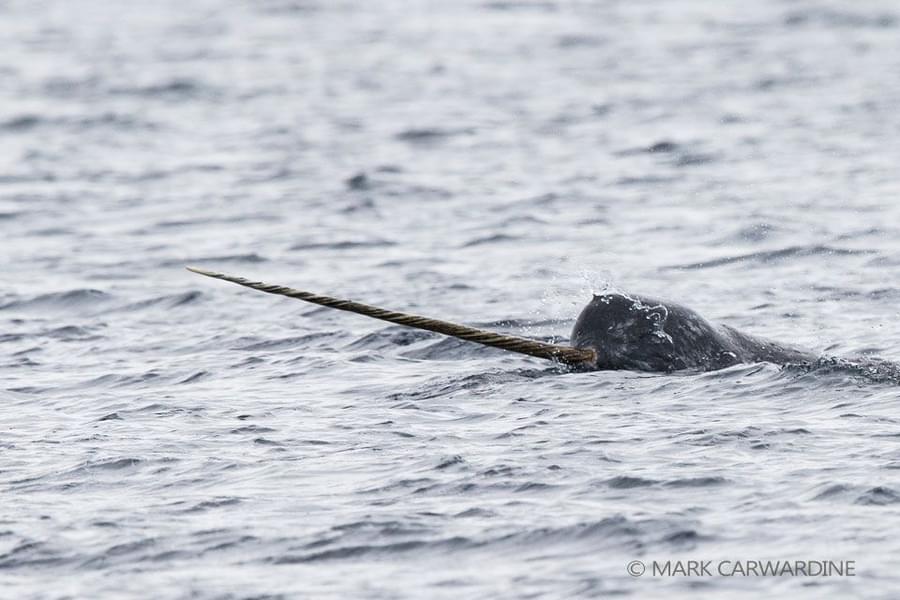
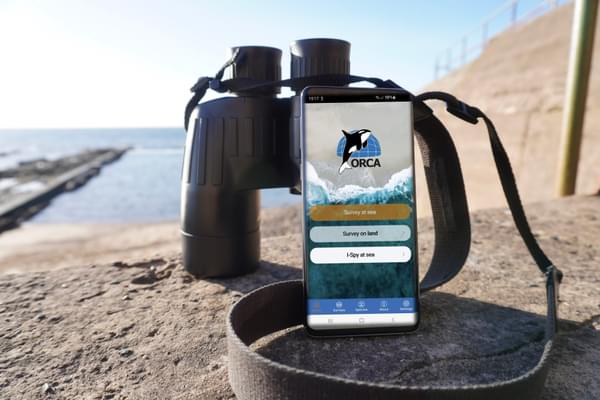
Study whales and dolphins as an ORCA OceanWatcher
The ORCA OceanWatchers online training course, along with a bespoke app, will enable everyone to collect data about whales, dolphins and porpoises. And it can be collected from anywhere that you can see the sea - whether that’s from your local beach, on holiday at the coast, scanning the seas from a cruise ship, travelling via ferry, or from your own boat.
You may also be interested in

